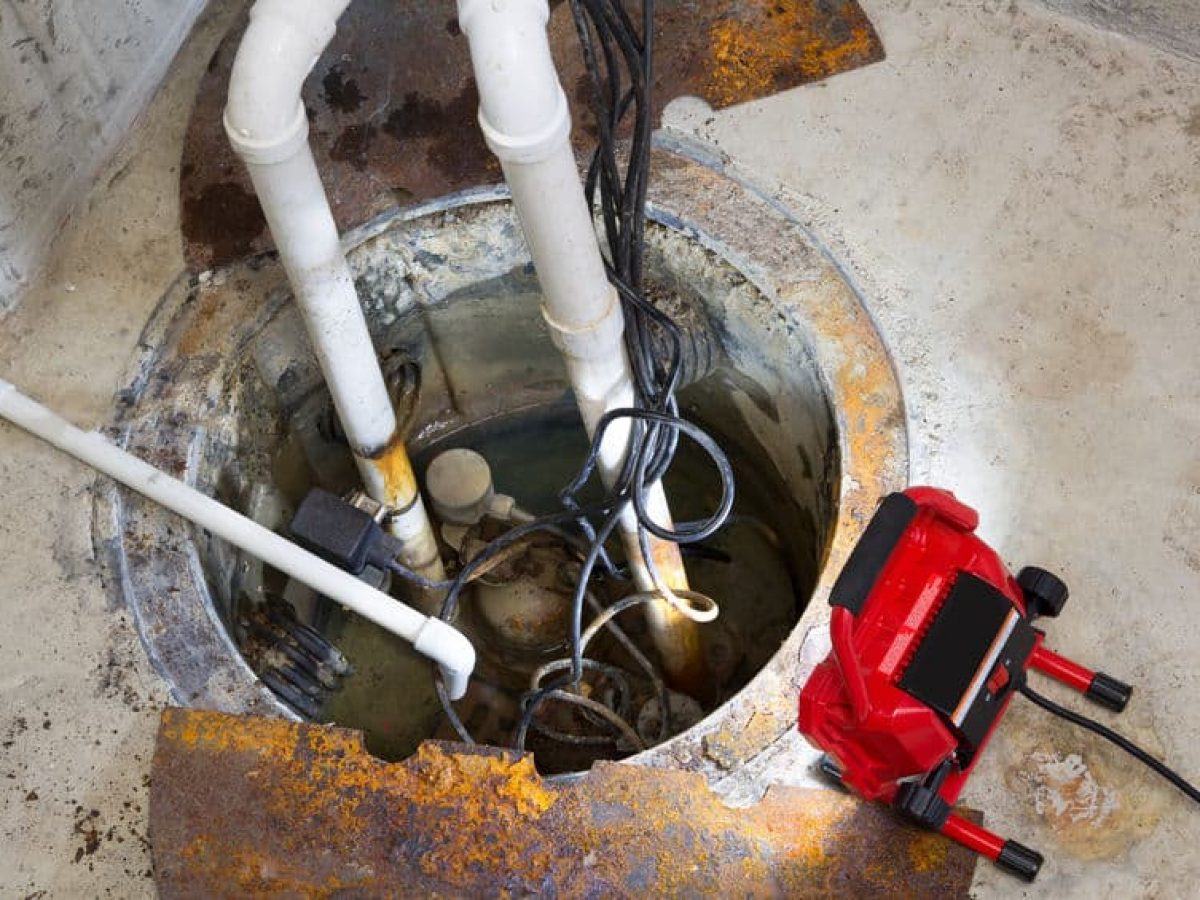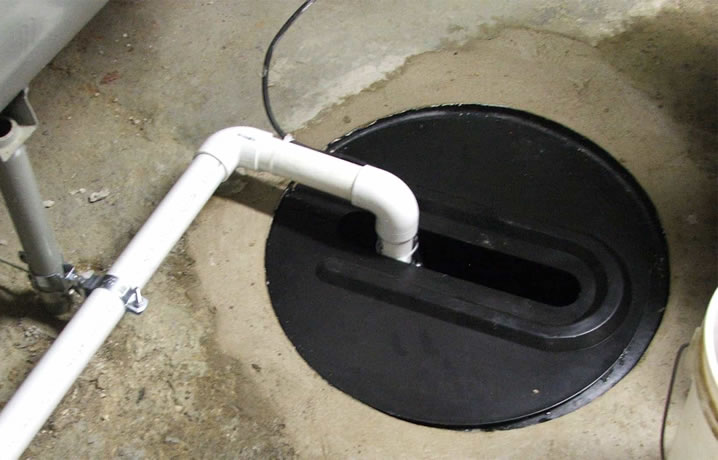The writer is making a few good points about Cleaning & Maintenance Tips for Your Home's Sump Pump as a whole in this great article down below.

Sump pumps are essential components in lots of homes, especially in locations prone to flooding or too much moisture. They assist stop water damage by successfully removing excess water from basements or crawl spaces. Nonetheless, like any other device, sump pumps require normal maintenance to ensure they operate successfully when needed the most. Cleaning your sump pump is an essential part of its maintenance, and comprehending how to do it correctly can conserve you from pricey repair services and possible disasters.
Introduction
Preserving a tidy sump pump is essential for its proper performance and durability. Overlooking this necessary task can lead to clogs, breakdowns, and ultimately, water damages to your residential property. As a result, learning just how to cleanse a sump pump is vital for house owners who rely upon these tools to maintain their basements completely dry and protected.
Indicators of a Dirty Sump Pump
Recognizing when your sump pump requires cleansing is essential for avoiding possible malfunctions. Some usual indications that indicate a filthy sump pump include strange noises throughout operation, minimized water circulation, and noticeable particles in the pit. If you discover any one of these signs and symptoms, it's important to clean your sump pump without delay to stay clear of any type of additional problems.
Preparing for Cleansing
Prior to you begin cleaning your sump pump, it's necessary to take some safety preventative measures. Begin by shutting down the power to the pump to prevent any electric mishaps. In addition, wear ideal protective equipment, such as handwear covers and goggles, to safeguard on your own from dirt, particles, and possible virus.
Recognizing the Sump Pump
Before diving right into the cleaning procedure, it's important to have a fundamental understanding of just how a sump pump works. Commonly installed in a pit or container below the basement flooring, a sump pump contains numerous vital elements, including a pump, a float button, and a discharge pipe. When water collects in the pit, the float switch triggers the pump, which after that pumps the water out through the discharge pipe, away from the building's structure.
Step-by-step Guide to Cleansing a Sump Pump
Shutting down the Power
Begin by detaching the power supply to the sump pump to avoid any type of crashes while cleansing.
Checking for Proper Performance
Prior to reinstalling the pump, execute a quick examination to make sure that the float switch activates the pump appropriately. Pour some water right into the sump pit and observe the pump's procedure. If whatever is functioning properly, you can reassemble the pump and reconnect the power supply.
Removing Debris and Dirt
Utilize a pail or an inside story to get rid of any noticeable debris, dust, or sediment from the sump pit. Dispose of the debris appropriately to stop it from clogging the pump or the discharge pipeline.
Cleaning up the Pump and Float Switch Over
As soon as the pit is clear of debris, carefully eliminate the pump from the pit. Inspect the pump and the float switch for any type of indicators of damage or wear. Utilize a soft brush or cloth to clean up the surfaces and get rid of any type of collected gunk.
Flushing the System
After cleaning up the pump and float button, flush the sump pit with clean water to get rid of any type of continuing to be dirt or debris. This will certainly aid guarantee that the pump operates efficiently and efficiently.
Upkeep Tips to Maintain Your Sump Pump Clean
Along with regular cleansing, there are a number of maintenance tips you can follow to maintain your sump pump in optimum condition:
Conclusion
Cleaning your sump pump is a vital aspect of its maintenance and makes certain that it operates properly when you require it the most. By following the actions outlined in this overview and incorporating regular maintenance right into your regimen, you can extend the life-span of your sump pump and shield your home from water damages.
6 STEPS ON HOW TO CLEAN A SUMP PUMP PROPERLY
UNDERSTANDING SUMP PUMPS
Your sump pump plays a crucial role in protecting your home by managing and removing excess water. It primarily functions as a “shield”, guarding your basement against the damaging effects of water accumulation. The pump is housed in a sump pit in the lowest part of your basement, and its job is to pump out any water that collects there.
During heavy rainfalls or when snow melts rapidly, water can infiltrate your basement, posing potential risks like flooding, structural damage, and harmful mold growth. Here, the sump pump springs into action, pumping out the intruding water and directing it away from your home.
SAFETY FIRST
Before cleaning, remember to prioritize safety. Disconnect the sump pump from the power source to prevent any accidental electric shocks. Also, wear sturdy gloves to protect your hands from any sharp or dirty components within the pump.
REMOVE THE SUMP PUMP
After ensuring your safety, the next step is to remove the sump pump from its pit. Doing this might require careful maneuvering as you don’t want to damage any pump components. Once removed, clean the sump pit to remove any accumulated debris or sludge.
INSPECT THE PUMP
Inspect the pump for any visible signs of wear or damage. Check the power cord, float switch, and impeller housing. If any components look worn out or damaged, consider replacing them to ensure optimal performance.
CLEAN THE PUMP
Thoroughly clean the pump with warm, soapy water. Make sure to rid it of any dirt, gravel, or other debris that might impede its performance. You can use a toothbrush to clean the small, hard-to-reach parts of the pump.
REINSTALL THE SUMP PUMP
Reinstall the pump into the sump pit Make sure it’s positioned correctly to remove the water effectively Once it’s back in place, reconnect it to the power source TEST THE PUMP
Finally, pour some water into the pit to ensure the pump works correctly. It should start automatically and begin pumping out the water; if it doesn’t, check the power source and the positioning of the pump.
Remember, while cleaning your sump pump is an essential part of home maintenance, hiring a professional plumber for a thorough inspection and cleaning at least once a year is also important. This will ensure that your pump is in optimal condition, ready to protect your home from potential water damage.
BEST PRACTICES FOR CLEANING SUMP PUMP DISCHARGE PIPES
Regular Inspection: Regularly inspect your discharge pipes, especially during heavy rainfall or snowmelt periods. Look for any signs of blockage or damage. Early detection of problems can prevent serious issues down the line. Periodic Cleaning: Over time, sediment and debris can accumulate in the discharge pipes, impeding the flow of water. Regular cleaning helps keep the pipes clear and functioning efficiently. You can use a high-pressure water jet to effectively clean the pipes. Insulation During Winter: In colder climates, discharge pipes can freeze, blocking the outflow of water. Protect your discharge pipes from freezing temperatures by insulating them with foam pipe insulation. This will ensure the sump pump can continue to discharge water even in freezing conditions. Proper Positioning: The discharge pipe should be positioned to direct water away from your home’s foundation. Improper positioning can lead to water seeping back into the basement. Ensure the pipe is long enough and angled correctly. Installation of a Check Valve: A check valve prevents water from flowing back into your sump pit after the pump has pushed it out. Installing a check valve helps maintain the efficiency of your sump pump and reduces the risk of flooding. Minimize Pipe Turns: Every curve or turn in the discharge pipe can decrease the efficiency of water flow. By minimizing turns and bends in your discharge pipe, you can increase the efficiency of your sump pump. https://www.fullspeedplumbing.com/how-to-clean-a-sump-pump-properly9999/

We were introduced to that article on How To Effectively Clean A Sump Pump from an acquaintance on another blog. In case you appreciated our article if you please don't forget to pass it around. Thanks a lot for your time. Revisit us soon.
Schedule Service Now